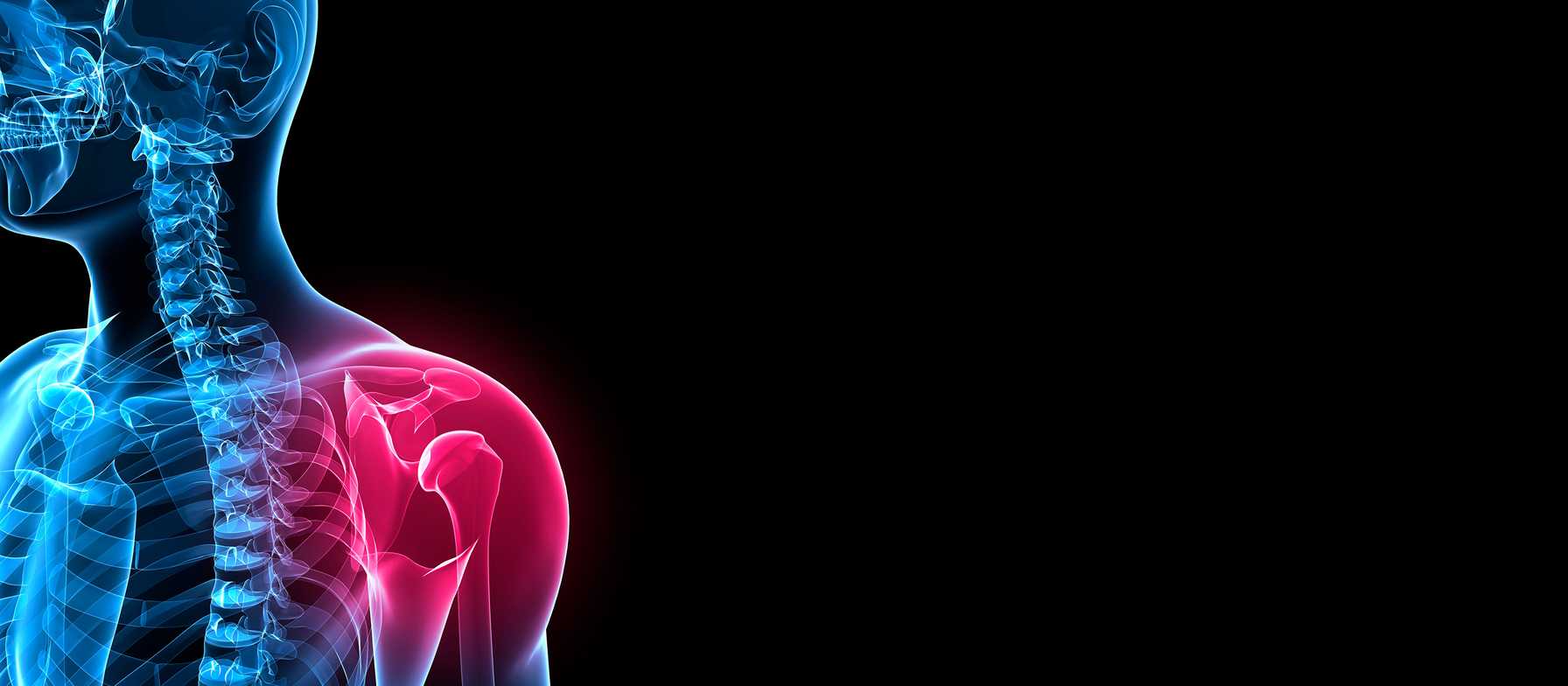HIGHLIGHTS
Innovative All-Arthroscopic Procedure for Complex Posterior Shoulder Dislocations
A groundbreaking arthroscopic technique developed by the orthopedic surgery team at Montefiore Einstein is transforming treatment for complex posterior shoulder dislocations. This approach shifts from extensive open surgery to an all-arthroscopic minimally invasive procedure that dramatically improves patient outcomes.
Traumatic posterior shoulder dislocations often present a challenging injury pattern involving three simultaneous problems: backward shoulder dislocation, posterior labral tear and a characteristic bone crater called a reverse Hill-Sachs lesion (RHSL). Historically, addressing these injuries required open surgery, which may involve significant tissue disruption and prolonged recovery periods.
The innovative arthroscopic modified McLaughlin procedure performed at Montefiore Einstein provides comprehensive treatment for this complex injury through small keyhole incisions, and avoids the risks associated with open surgery. This procedure was published in Arthroscopy Techniques by Te-Feng A. Chou, MD, Eloy Tabeayo, MD and Konrad I. Gruson, MD from the Department of Orthopedic Surgery at Montefiore Einstein.
The procedure involves a sophisticated two-part repair performed entirely through arthroscopic portals. First, the torn posterior labrum is repaired with suture anchors. Then, bone defects are addressed by transferring the subscapularis tendon into the crater using a specialized "pulley-type" suture approach, which creates excellent compression of the subscapularis tendon into the RHSL.
While technically demanding, this arthroscopic approach makes comprehensive repair possible through incisions less than two centimeters each. It uses common arthroscopic instruments and portals that are familiar to most arthroscopic surgeons, and offers improved visualization especially during dissection of soft tissue near neurovascular structures such as the axillary nerve. By positioning patients on their side in lateral decubitus position, surgeons have better access to both front and back aspects of the shoulder joint simultaneously. Traction increases the glenohumeral and subcoracoid working space, and cautery bubbles move laterally and out of view.
This innovation expands treatment options for individuals who previously faced difficult choices between living with instability or undergoing extensive open surgery. By making treatment more accessible and less traumatic, we are enabling more patients to return to their desired level of activity while receiving the comprehensive care this complex injury requires.
The arthroscopic modified McLaughlin procedure is one more way Montefiore Einstein continues to demonstrate our commitment to patient-first care, setting new standards for excellence in advanced medical care.
Patient referrals
At Montefiore Einstein Orthopedic Surgery, we know that providing patients with the best possible care includes teamwork and trust. We work closely with our valued referring physicians to ensure open communication and reliable expertise.

